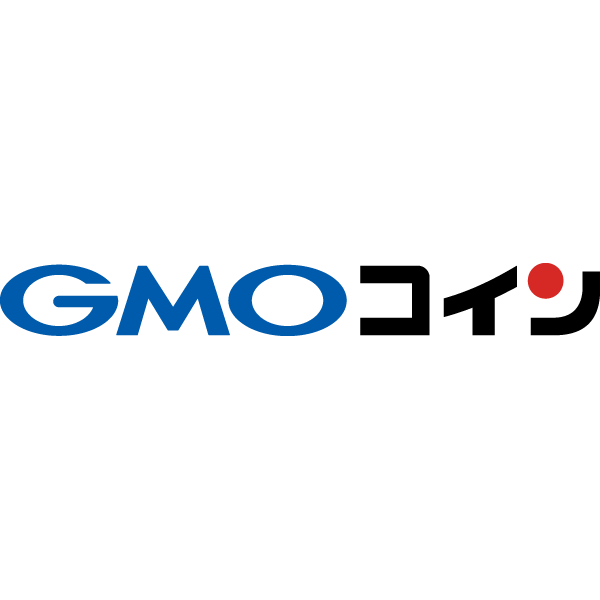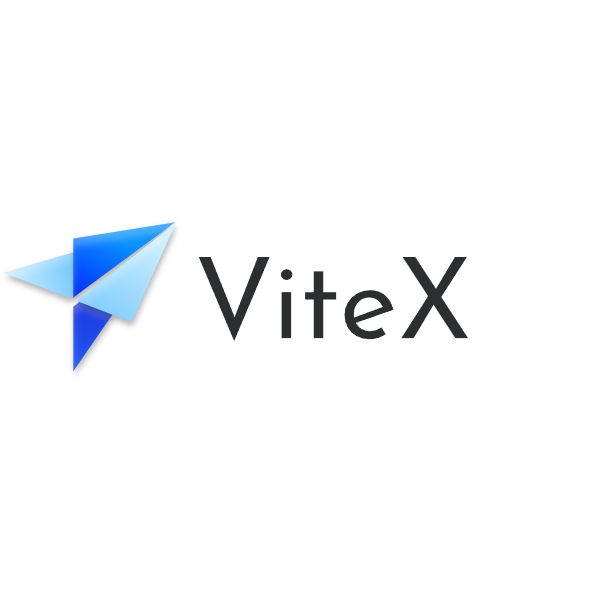Company Background and HistoryThe
founding team of Hyperliquid originated from Chameleon Trading, a successful crypto market making company. Team members include the likes of Jeff Yan and Iliensinc, who have worked at agencies such as Caltech, MIT, Citadel, and Hudson River Trading. After the collapse of FTX, the team decided to apply its trading technology to the decentralized finance (DeFi) space to develop the Hyperliquid platform.
core product and technology architectureHyperliquid
has built its own Layer-1 blockchain, using a consensus mechanism called HyperBFT, which supports processing up to 200,000 transactions per second, ensuring low latency and high throughput. The chain supports a fully on-chain order book, where all transactions, cancellations, and liquidation operations are executed on-chain, ensuring transparency and security.
Hyperliquid's core application is its decentralized exchange, which offers perpetual contracts, spot, and margin trading services. Unlike traditional decentralized exchanges, such as Uniswap, Hyperliquid employs an on-chain order book model, which supports high-frequency trading and complex trading strategies. The platform supports a variety of asset trading, including BTC, ETH, SOL, SUI, etc., and provides up to 50x leverage.
HyperEVM is Hyperliquid's Ethereum Virtual Machine (EVM)-compatible environment that allows developers to build decentralized applications (dApps) on the Hyperliquid blockchain. HyperEVM inherits the security and high performance of HyperBFT and supports the fast execution of smart contracts.
Market Performance and Ecosystem DevelopmentSince
its launch, Hyperliquid's trading volume has continued to grow. In October 2024, the platform recorded a daily trading volume of $1.39 billion, outpacing competitors such as Jupiter and SynFutures. As of early 2025, Hyperliquid has become one of the leading platforms in the crypto derivatives market, with 71% of monthly perpetual contract trading volume, far outpacing other competitors.
Hyperliquid's ecosystem continues to expand, including HyperEVM, which enables developers to build decentralized finance applications, HIP-1, a decentralized token listing mechanism, and HIP-2, an automated market-making protocol. These innovative features enhance the decentralized nature of the platform and attract a large number of developers and users.
Security & DecentralizationHyperliquid
emphasizes the security and decentralization of the platform. The platform uses the HyperBFT consensus mechanism to support high-throughput and low-latency transaction execution. All transactions and operations are performed on-chain, ensuring transparency and security. In addition, Hyperliquid has a bug bounty program to encourage community participation in the platform's security testing.
Future Outlook and
ChallengesHyperliquid's vision is to build a high-performance decentralized finance ecosystem that provides a centralized exchange-like trading experience while maintaining decentralized transparency and security. The platform plans to further expand its capabilities to include multi-chain support, more asset trading, and richer decentralized finance applications. However, Hyperliquid also faces challenges in terms of decentralization, market competition, and more. How to further decentralize while maintaining high performance will be key to Hyperliquid's future growth.
Overall
, Hyperliquid is an innovative decentralized exchange platform that has attracted a large number of users and developers by building its own high-performance blockchain that provides a high-throughput and low-latency trading experience. As the platform's capabilities continue to expand and the ecosystem improves, Hyperliquid is expected to occupy an important position in the decentralized finance space.









